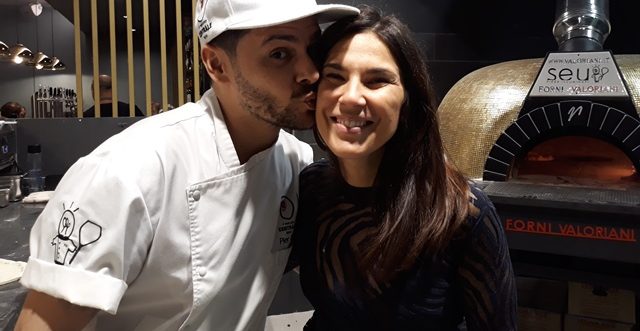Tilia Estate, Pinot’s home in Slovenia
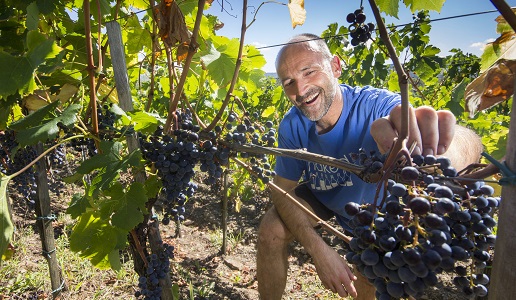
The Vipava Valley is one of the best winegrowing areas in Slovenia and it is here that Matjaž Lemut, the head of Tilia Estate, has placed Pinot at the center of his vineyard and his life.
“No one needs wine, no one needs your wine”, Matjaž Lemut repeated frequently during our visit to his Tilia Estate in the Vipava Valley. It is located halfway between Ljubljana and Venice, in Slovenia’s excellent Slovenian winegrowing, a valley formed by the Vipacco River. This tributary to the Isonzo River forms at the feet of the karst Nanos plateau, the highest peak of which reaches 1,240m above sea level. Aside from the marl and clay-sand soil, what influences winegrowing here is the strong, northeastern Bora wind that blows over the entire upper Adriatic area but that here is tempered by the rock formations of the plateau, which is why it is also known as the “Bora plateau”.
The statement Matjaž likes to repeat would also appear to be his mantra for life and winemaking: do the best you can, respect your style, but do so knowing that what you do is not indispensable for anyone, except for you who make a living from it. “I’m lucky to be able to do what I like,” Matjaž tells us as we make our way to the heart of his vineyards, which are a stone’s throw from his home. It was here that he first approached winemaking before he was even 18 thanks to his father Silvester, a winemaker since 1974 and a reference point for local wine cooperatives in regard to the philosophy and economics of winemaking, who gave him his first, small vineyard parcel. “Every day I would ride my bicycle three km to take care of my vines and I was in big trouble if it didn’t!” Thanks to the Austro-Hungarian mentality of his father, Matjaž acquired discipline as well as an interest in all things connected with winemaking. He enrolled at the bio-technology school at the University of Ljubljana and soon has an internship at a wine estate in Switzerland. It was here that he discovered the two loves of his life: his wife Melita and Pinot Noir. In 1990, after earning his degree and returning to Slovenia, he and his wife acquired land in Kukanje, in the Vipava Valley, near his father’s vineyards. The history of Tilia Estate began with these three hectares and the roofless farmhouse on them. It expanded little by little starting in 1996 and today has 10 hectares of vineyards in different areas of the valley.

Since 2015, the estate has made a precise decision to make Pinot the main focus of the vineyards: Grigio – with the aim of offering a more authentic version to the world compared to what is on the market, which does not express the varietal’s true potential; and, above all, Noir, of which he cultivates six different clones in over five hectares of vineyards, the oldest dating back to 1994. “I love Pinot Noir because it is creative. It forces you to push the envelope, to find what you can obtain from it in a specific place, territory and climate. Those who approach it for the first time are tempted to make a wine that is bold, also in color, and full of extracts. Then you discover how it needs to be dealt with in a different way because it shares none of the characteristics of other red wine grapes; neither color, nor body, nor tannins. And it is also not true that it is elegant, as many will have you believe. In fact, when it first comes out it is edgy and acidic and it is only after five or six years that it begins to find a balance. It is for these reasons that, without communication, Pinot Noir would not exist”.
On the subject of communication, it is important to point out that, as an authentic lover of Pinot, Matjaž has organized two events dedicated to this varietal: Pinot Noir National Day, which takes place in mid-August, and, above all, Modri Les Noirs – Festival&Masterclass, which was staged last October 19 and 20 in Idria di Sotto (Spodnja Idrija), in Slovenia. Over 150 people took part in the event that saw a comparison of 100 wines, between the “blue” Pinot (modri means blue in Slovenian) from Eastern Europe and the more famous Pinot Noir from around the world.
As for Tilia Estate, to say it is organic would be an understatement but there is no intention of getting certified as such. “Anyone who wants to and has the time to can come a visit me here and see how we do things. They can thus see for themselves how we don’t need any certification”, Matjaž says firmly. And don’t talk to him about making natural wine. “In nature, vines grow up trees that are far away from each other. How could we make wine that way?” In the winery, where he calls the shots, techniques and methods are at the service of quality and recognizability. “If this wine – he says holding two samples of the same orange wine made from Ribolla Gialla, one drawn from a barrique and one from a truncated cone-shaped vat – is different in that it one cannot be recognized as being the same as the other, this is because this is how I decided it should be and worked to ensure they were different. And this because the terroir is the man and man the terroir!” he kept repeating.
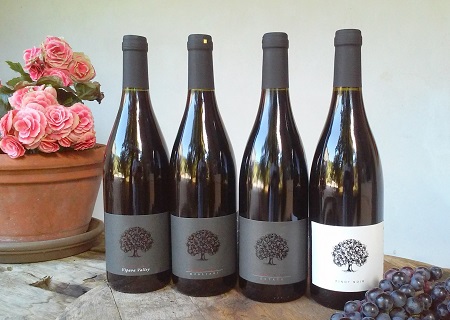
By the end of our tour, which was more than just enological, it was impossible not to consider Matjaž to be a philosopher, a communicator or economist on loan to winemaking, given the competence and culture he applies to all aspects of his estate. He even went so far as to design the estate logo, a linden or tilia tree, Slovenia’s symbol, covered with grapes bunches plus something hidden (look to the upper left). What Matjaž learned from his father he has handed down to his own three children (27, 24 and 21 years of age), a branching out of the Lemut family. His youngest daughter already had a grasp of economics when, at four years old, she told her father: “Papa, if you grow more beautiful grapes, the wine will be better and sell more, this way you don’t have to drink it”.
What does the future hold for Tilia Estate? “Unfortunately, I insisted my children study – Matjaž says jokingly – and now I find myself with two holding PhDs (one in astrophysics) and no one who wants to work at the estate”. Fortunately, they are still young, so we’ll see what happens. Meanwhile, one thing is for certain: as Matjaž says, perhaps no one needs wine, perhaps they need his wine even less. But what we really need are winemakers and people like Matjaž, and how.
NB: Tilia Estate wines are distributed almost throughout the world but not in Italy. If you want to try them, skip over to the Vipava Valley where Matjaž will welcome you with open arms.
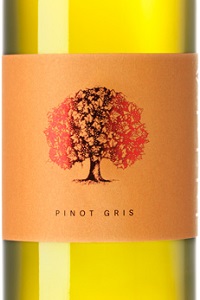 Pinot Gris 2018
Pinot Gris 2018
90/100 - € 13
Made from Pinot Grigio grapes from the Potoče and Pliska vineyards and matured in stainless steel for four months with frequent stirring. The wine has a golden-yellow color and a fresh aroma of lemon peel, pear, white melon and gooseberry. These sensations return in the mouthfeel that has a nice body and a vibrant acidity without losing any softness. The finish is flavorful, floral and citrusy.
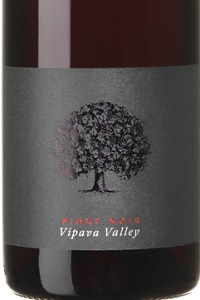 Pinot Noir Vipava Valley 2018
Pinot Noir Vipava Valley 2018
86/100 - € 17
Pinot Noir grapes from the Pliska, Pavlica and Merljaki vineyards. The wine matures in the skins for four months giving it its clear, ruby color. The bouquet has fruity scents of raspberry, redcurrant and elderberry gelatin with hints of vanilla. The mouthfeel is simple yet pleasing, lithe, fresh and rounded with a dry and fruity finish.
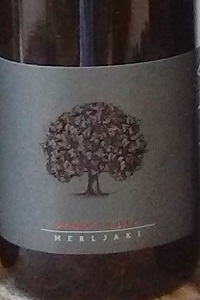 Pinot Noir Merljaki 2017
Pinot Noir Merljaki 2017
92/100 - € 20
Pinot Noir grapes from the Pavlica and Merljaki vineyards. The wine matures for 14 months in Slavonian oak barriques and has a lively, transparent ruby color. The aroma is focused on dark sensations, dark and red berries, underbrush and vegetal tones, even balsamic ones. The full mouthfeel is juicy and appeasing with a long and elegant finish. Already enjoyable now, evidence of its drinkability.
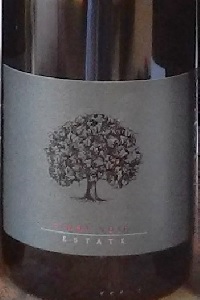 Pinot Noir Estate 2017
Pinot Noir Estate 2017
93/100 - € 27
Made from Pinot Noir grapes from the Pliska and Potoče vineyards with 16-year-old vines and matured for 16 months in Slavonian oak barriques. A ruby color leaning towards purple and a deep and complex aroma with notes initially vegetal before becoming fruity, prune and cherry, followed by sensations of violet, underbrush and cinchona. The mouthfeel is taut and intense, dry and flavorful with carbon hints in the after-aroma.
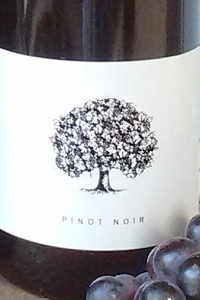 Pinot Noir White Label 2016
Pinot Noir White Label 2016
93/100 - € 50
Made from Pinot Noir from 16-year-old vines in the Potoče vineyard and matured for 16 months in French Louis Latour barriques. An intense and dark color and an aroma of roasted coffee and cacao, followed by redcurrant and raspberry gelatin. The mouthfeel is fresh, rich and bold, with tannins that are still a tad contracted but flattering with an excellent evolution and smoky hints in the after-aroma.
 Pinot Noir White Label 2015
Pinot Noir White Label 2015
92/100 - € 50
Made from Pinot Noir from 16-year-old vines in the Potoče vineyard and matured for 16 months in French Louis Latour barriques. A dark and deep ruby color and an intense and warm aroma with scents of ripe red fruit, maraschino cherry, spice and hints of alkermes. More relaxed than the previous vintage on the palate but without losing freshness with a fruity, wrapping and pleasingly warm finish.

 Italiano
Italiano









